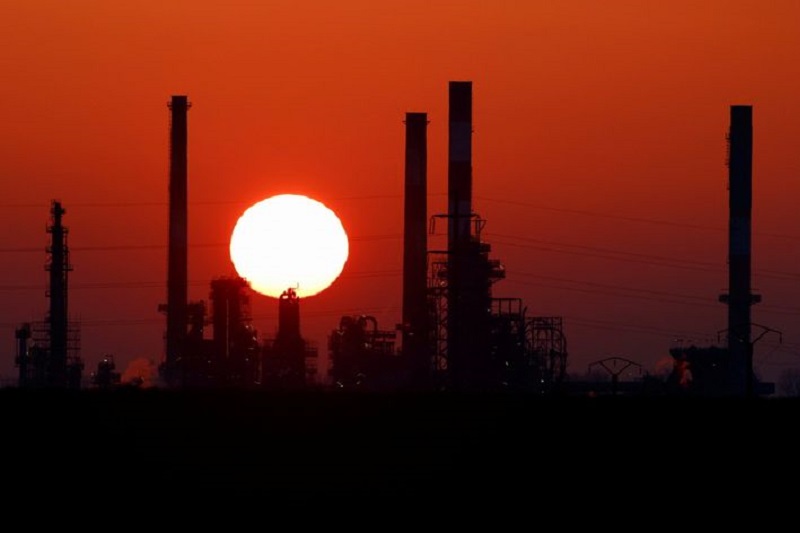Oil prices rise as demand hopes offset bumper U.S. inventory build
2023.02.15 21:29

© Reuters
By Ambar Warrick
Investing.com–Oil prices rose on Thursday as positive demand forecasts from the IEA and the OPEC helped markets look past a substantially bigger-than-expected jump in weekly U.S. inventories.
Traders also bought into heavily discounted markets after concerns over rising interest rates and weakening demand spurred steep losses earlier this week.
But both the Organization of Petroleum Exporting Countries (OPEC) and the International Energy Agency (IEA) forecast a rebound in crude demand later this year as major importer China recovers from a COVID-induced lull.
China is expected to take up nearly half of 2023’s crude demand after the country relaxed most anti-COVID measures, the IEA said in its monthly oil report. The agency hiked its 2023 demand outlook, and said global crude supply could also potentially tighten due to weak production from OPEC and Russia.
Earlier this week, the OPEC also slightly hiked its 2023 demand forecast on an expected recovery in China.
The forecasts helped traders look past data that showed grew substantially more than expected last week, which could indicate a supply glut in the world’s largest oil consumer. Rising also showed that retail fuel demand remained low.
rose 0.6% to $85.72 a barrel, while rose 0.5% to $79.0 a barrel by 21:00 ET (02:00 GMT). But both contracts were still trading about 1% lower for the week.
Crude prices were pressured by strength in the this week, as markets began pricing in more interest rate hikes by the Federal Reserve following stronger-than-expected and data from the U.S.
Higher U.S. interest rates could potentially stymie economic growth later in 2023, which in turn could weigh heavily on crude demand. A deepening inversion in the U.S. yield curve also showed that markets were positioning for a potential recession this year.
While China is expected to eventually drive up crude demand, initial economic readings from the country show a somewhat sluggish recovery after the lifting of anti-COVID measures. Weakness in the country’s massive manufacturing sector could also delay a rebound in China’s appetite for crude.








